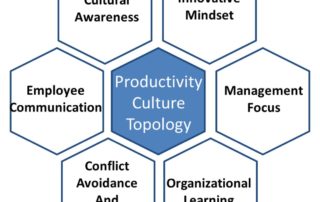Efficiency versus effectiveness
This post was first published in my “Driving IT Productivity” column on CIO.com and has been updated from its original form. A few years ago I had the pleasure of speaking with Joseph Raynus about the difference of being “efficient” and being “effective” and its effect on IT productivity and business value. His thoughts are still very relevant to IT organizations today. He is the founder of ShareDynamics, a speaker, an author and an expert in business process management and strategic program/project planning. Mr. Raynus said that generally speaking, IT organizations are efficient regarding the ongoing execution of defined production processes and, if solid methodologies are in place, in the definition, approval and follow-through of project related activities. The question is “Are these technical endeavors effective in their ability to maximize the value of IT to the business?”. He went on the say that IT process drives efficiency, but IT strategy and alignment with corporate goals drives effectiveness. He went on to say that there are four philosophies IT leadership should consider when trying to maximize their organizational effectiveness. Keep up to date on changing corporate objectives and business conditions: Given the continually increasing speed of business decision making and industry movement, IT executives and staff must continually ensure that the goals they are reaching for have not changed during the project execution phase. The risk is that an efficiently executed project may not be deemed as effective if it helps attain a goal that is no longer in place. Timeliness is [...]










